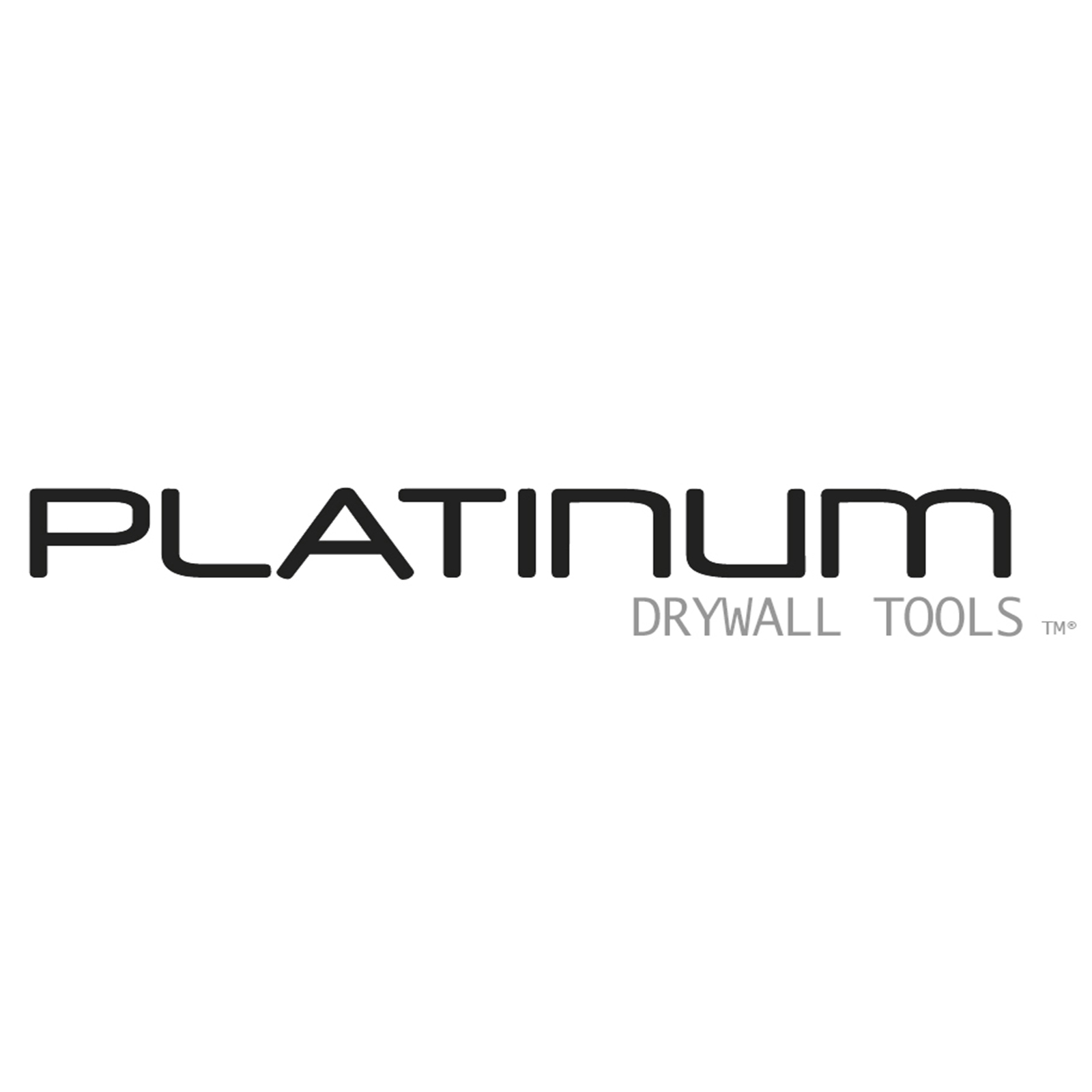Introduction: Drywall taping and finishing play a crucial role in creating smooth and seamless surfaces in modern construction. While it may seem simple today, the history of drywall taping and finishing is a captivating journey that has evolved over time. In this blog post, we will explore the origins of this craft, examine key milestones, and appreciate the innovations that have shaped the industry as we know it today.
- The Birth of Drywall: The concept of drywall, also referred to as gypsum board or plasterboard, can be traced back to the early 20th century. This revolutionary building material provided a lightweight, cost-effective alternative to traditional plaster walls. However, the challenge was creating invisible seams and a flawless finish.
- Early Taping Methods: In the initial years, drywall seams were concealed using various techniques. This included applying multiple layers of joint compound and employing paper or cloth tapes to reinforce the joints. These methods were time-consuming, required skilled craftsmanship, and often resulted in visible seams.
- The Rise of Drywall Taping Tools: The 1940s saw a significant breakthrough with the introduction of drywall taping tools. Innovations such as the corner roller and corner bead applicator helped streamline the taping process and enhance the quality of the finish. These tools allowed for more efficient application of joint compounds and ensured consistent results.
- Automatic Taping Tools: As construction practices advanced, so did the technology behind drywall taping and finishing. The introduction of automatic taping tools in the 1970s revolutionized the industry. Tools such as flat boxes, angle heads, and nail spotters enabled faster and more precise applications of joint compounds, reducing labor and improving overall efficiency.
- Modern Advancements: The drywall taping and finishing industry has experienced further technological advancements in recent years. Lightweight yet durable materials, ergonomic designs, and adjustable features have made tools more user-friendly and efficient. Innovations like dust-free sanding systems and automated finishing machines continue to push the boundaries of the craft.
Conclusion: The history of drywall taping and finishing illustrates the ingenuity and continuous evolution of the construction industry. This craft has progressed significantly from early techniques to the modern marvels of automatic taping tools. Today, both professionals and DIYers can access numerous tools and techniques that ensure seamless and professional finishes. As the industry continues to evolve, we can only anticipate further innovations that will shape the future of drywall taping and finishing.


